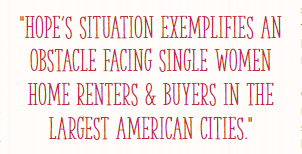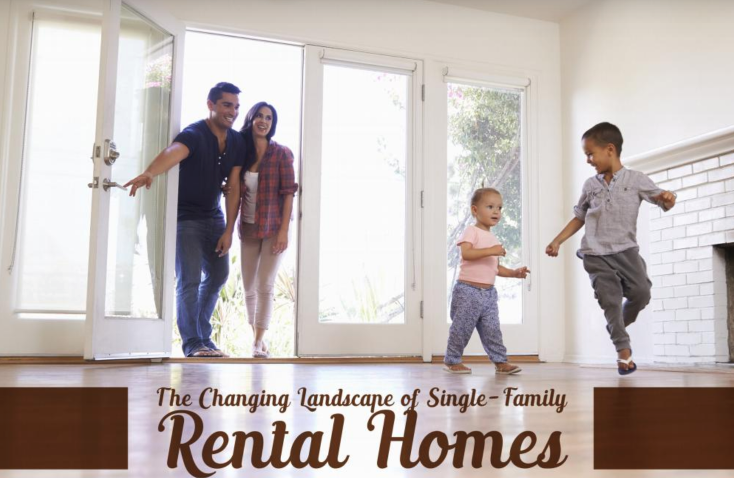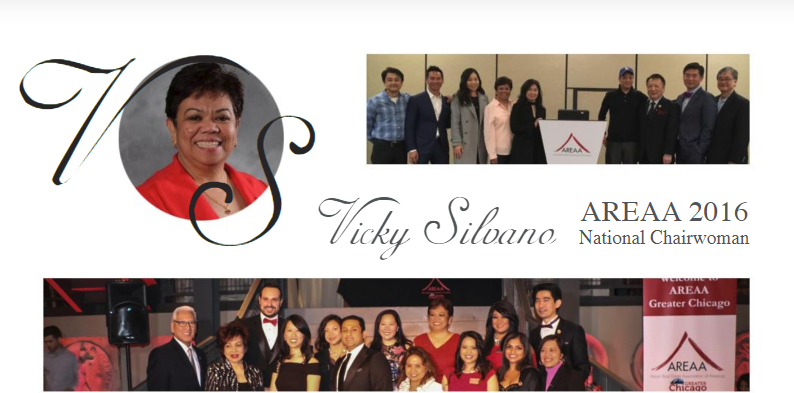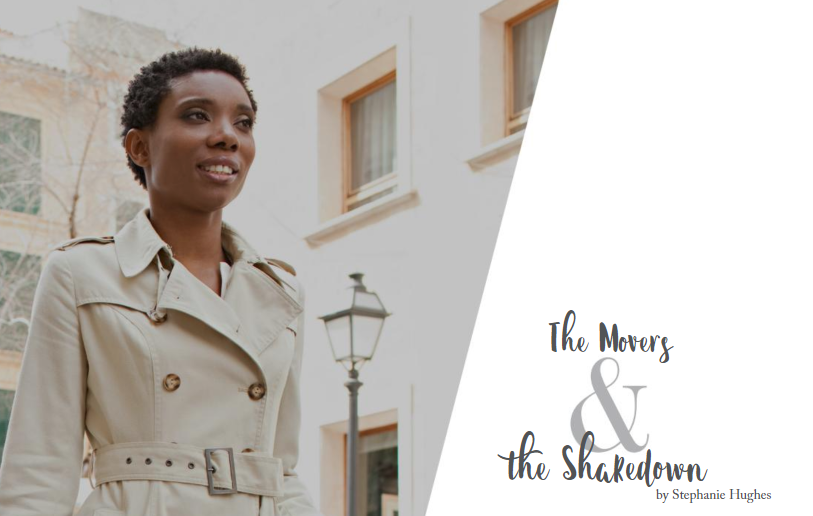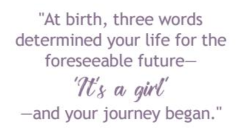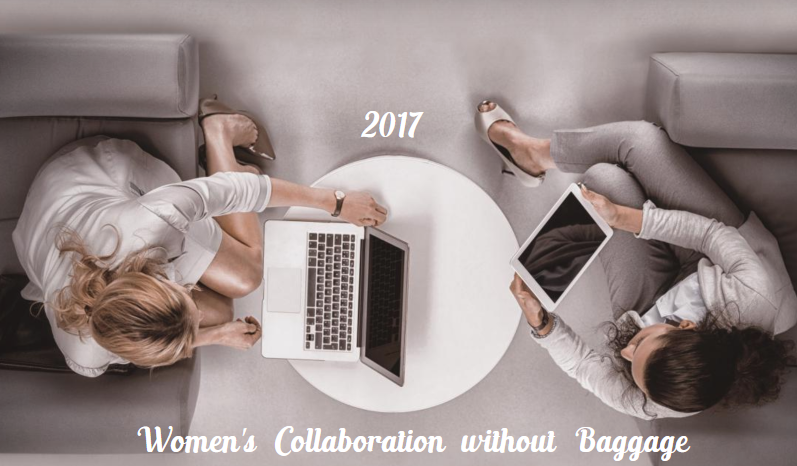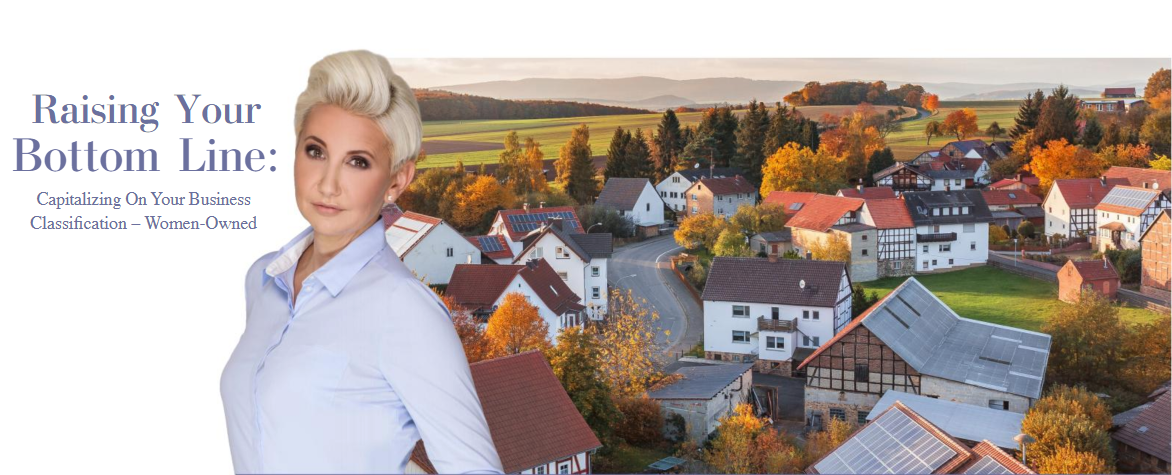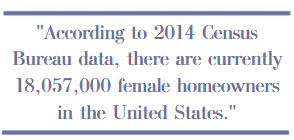Women entrepreneurs are on the rise, and they are leaving their footprint on the nation’s economy. In 2012, the U.S. Census Bureau reported an estimated 9.9 million women-owned firms, 35.8 percent of all U.S. firms classifiable by gender, and the total estimated receipts from those firms was $1.4 trillion.
Nevertheless, women-owned businesses are still an underrepresented segment in the economy and require support for their continued growth. The National Women’s Business Council (NWBC) is providing insight on how federal and regional stakeholders can help.
In April of this year, the NWBC released Entrepreneurial Ecosystems & Their Service of Women Entrepreneurs, a research report conducted with Washington CORE, which analyzes local entrepreneurial systems to identify influential actors and mechanisms that aid, or present a barrier to, the support and growth of women-owned businesses.
The report utilizes the “entrepreneurship ecosystem” model, which Washington CORE defines as “a set of interconnected entrepreneurial actors, entrepreneurial organizations, institutions and entrepreneurial processes which formally and informally coalesce to connect, mediate and govern the performance within the local entrepreneurial environment.”
This approach, the report explains, “emphasizes the importance of the overall environment within which an
entrepreneur establishes and grows her business,” helping us understand the resources she can leverage, as well as gaps within the economy that may hinder her.
Continue reading

 Login
Login



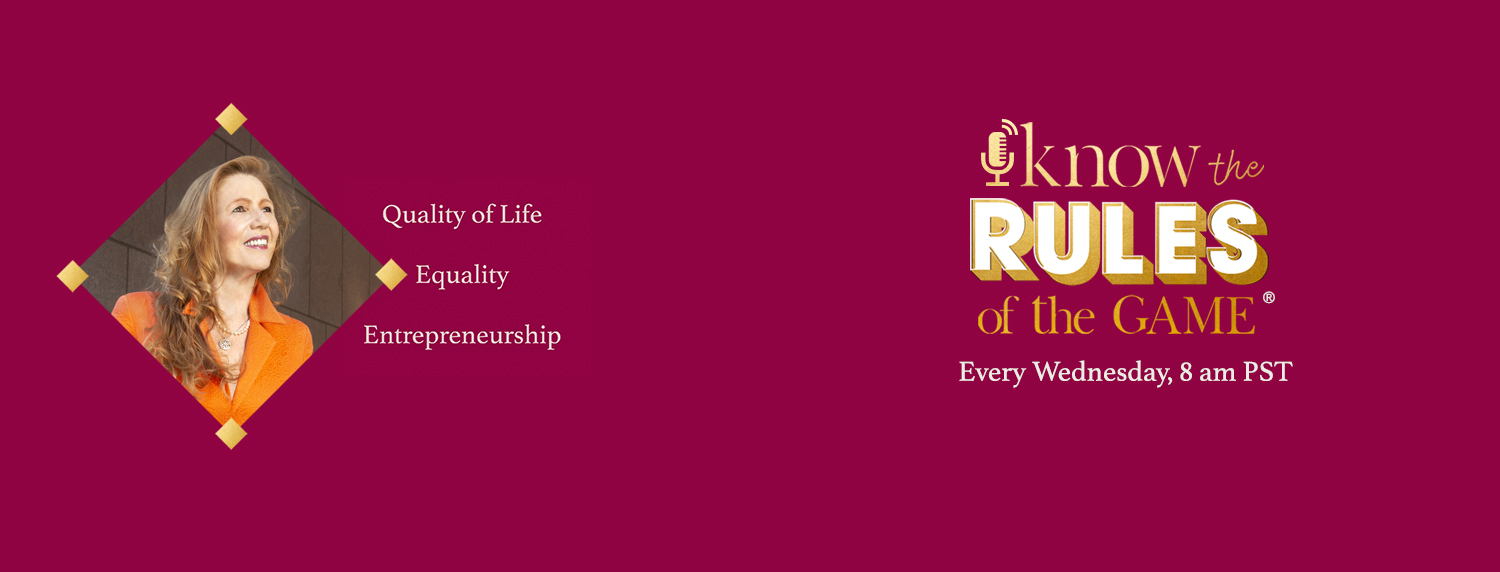
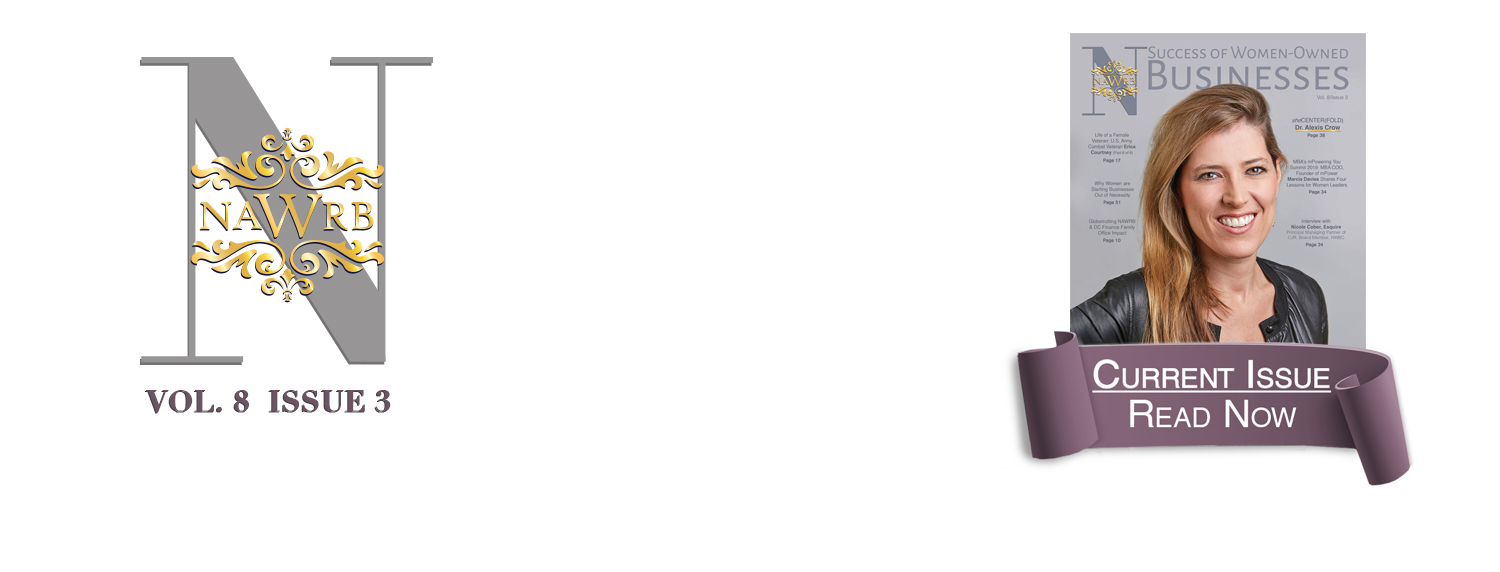
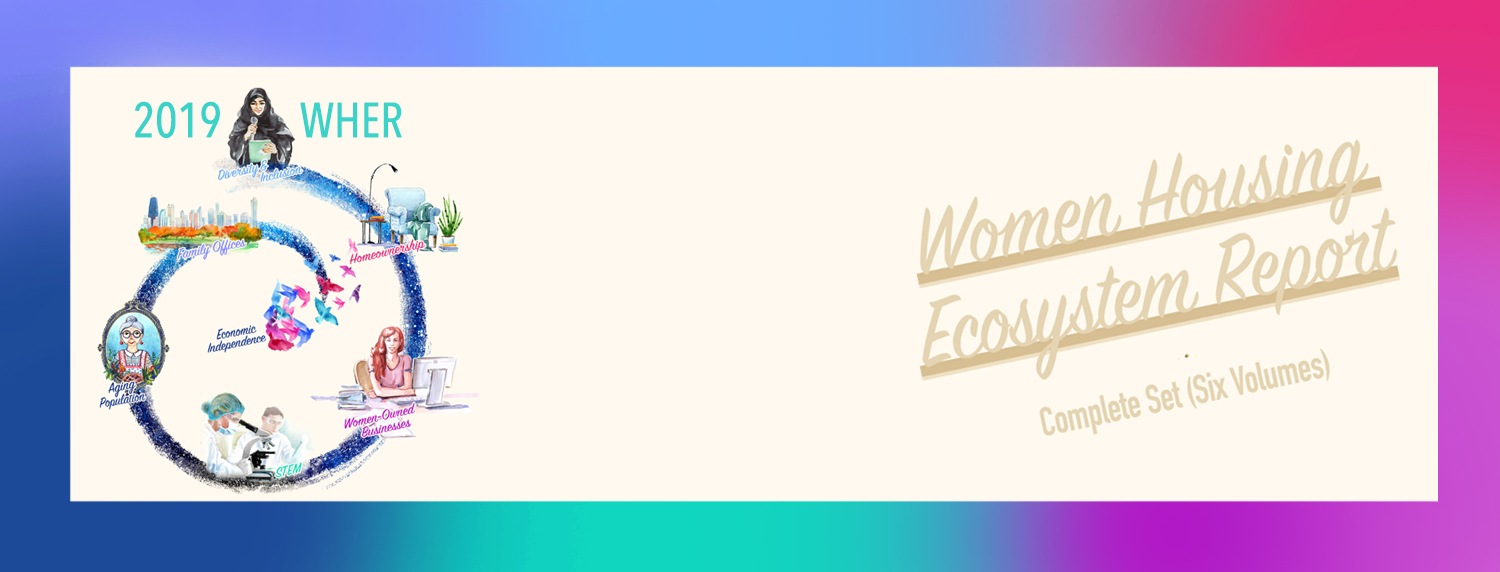



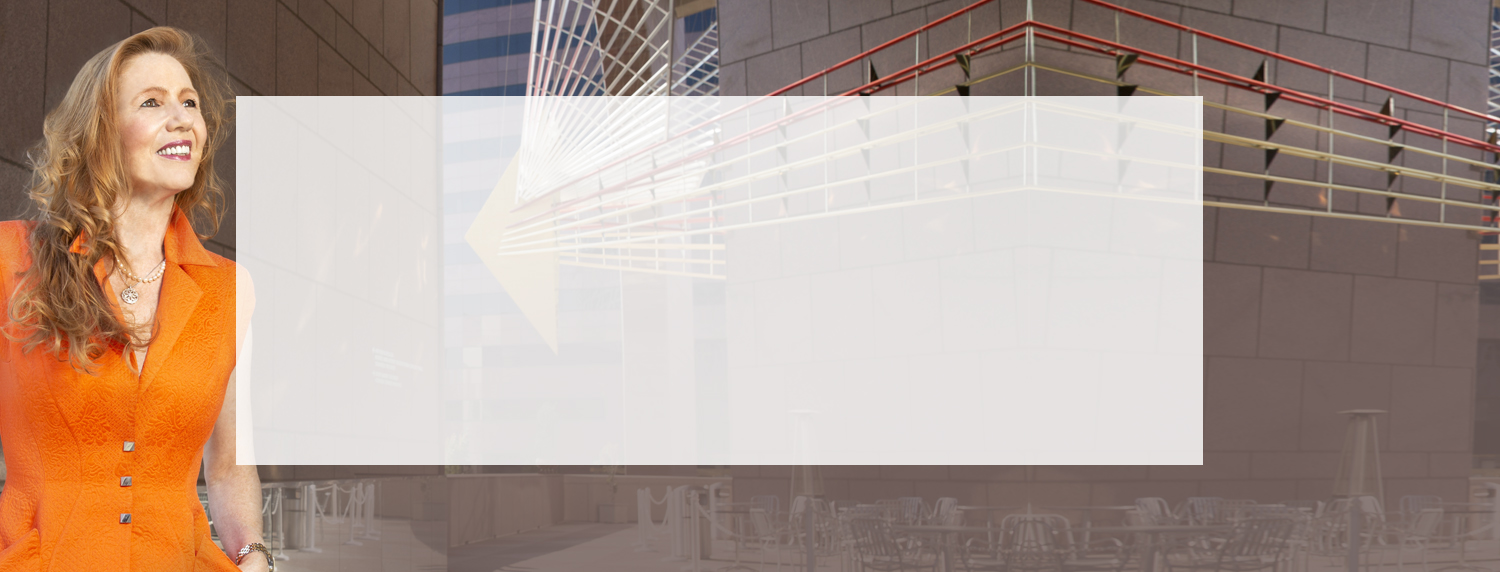



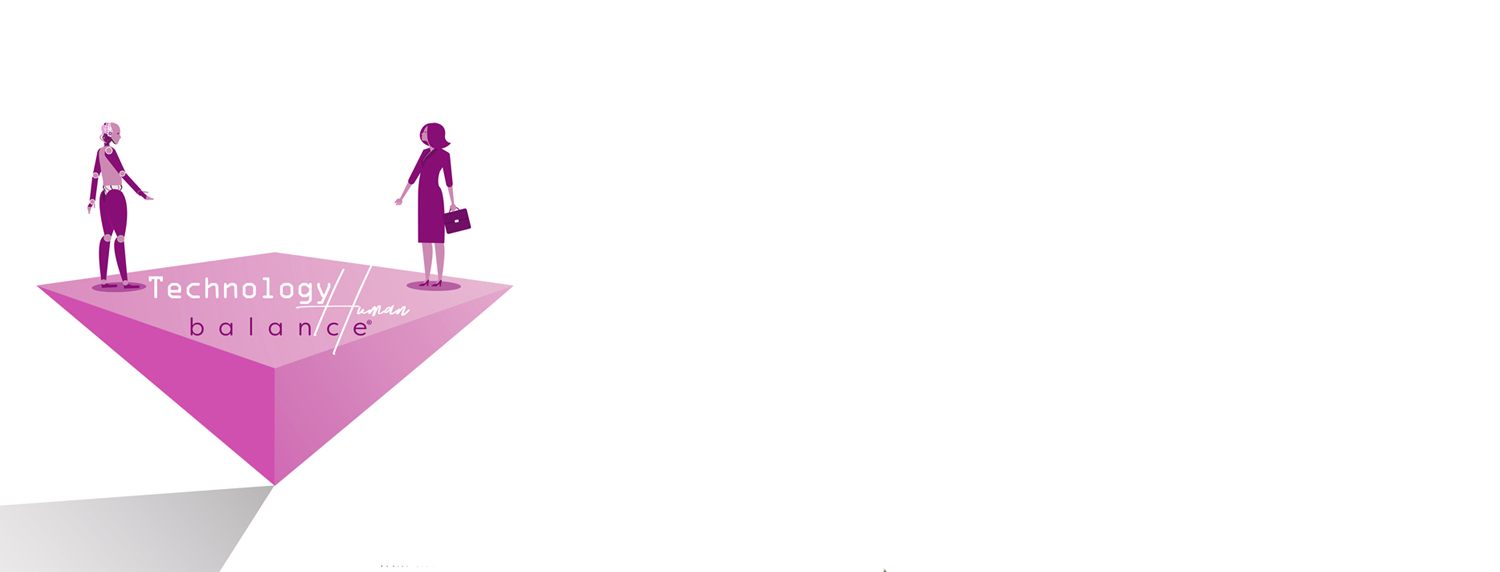



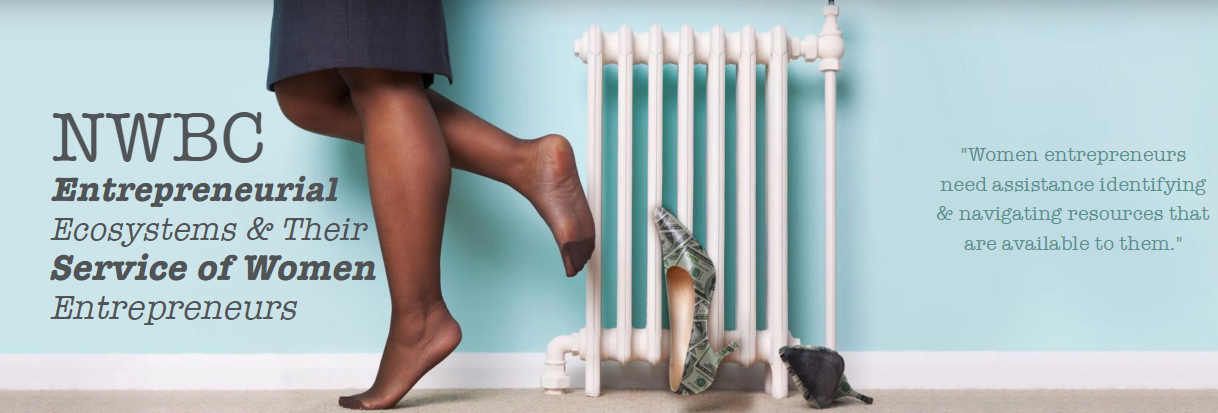
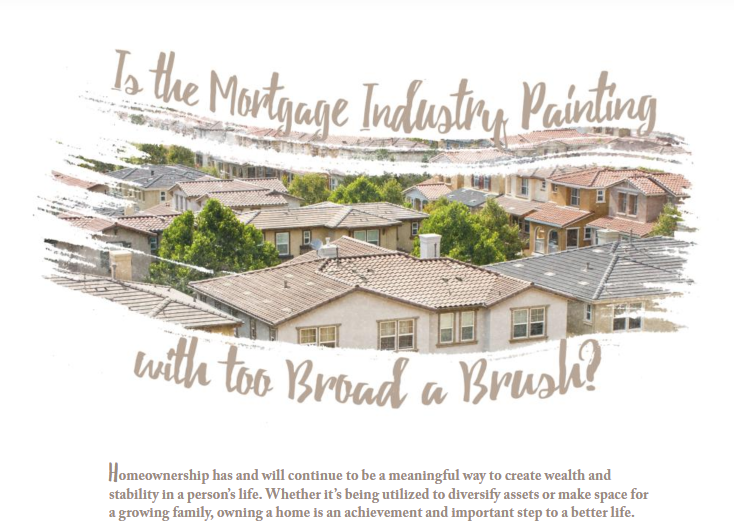
 Women
Women

